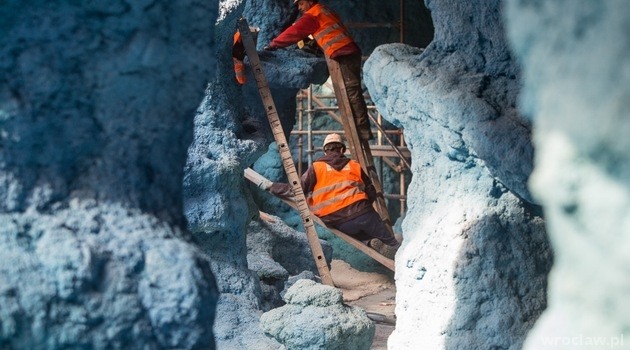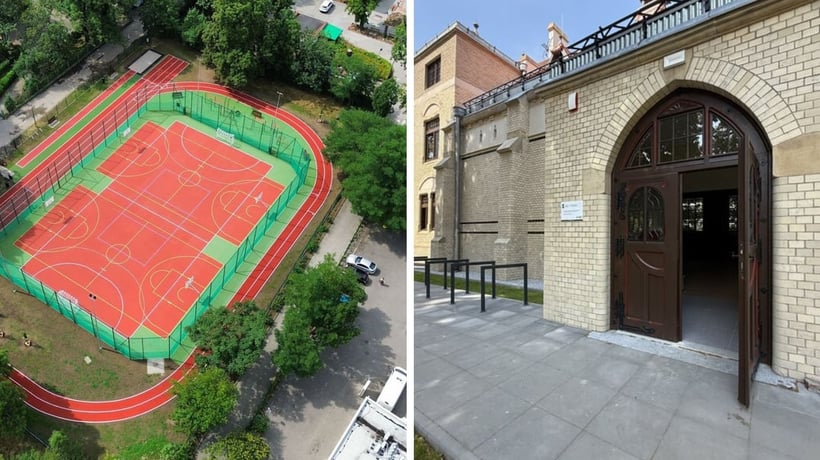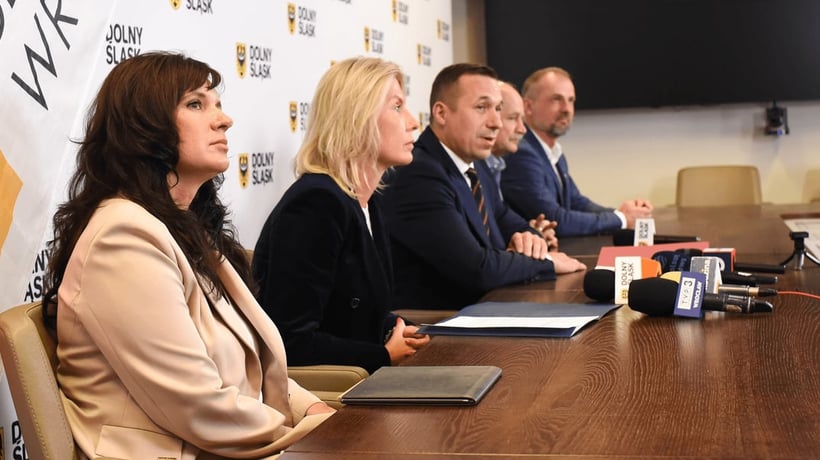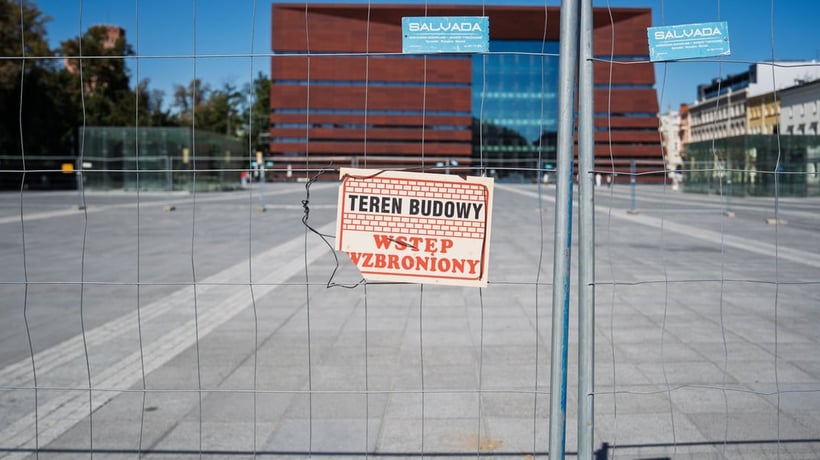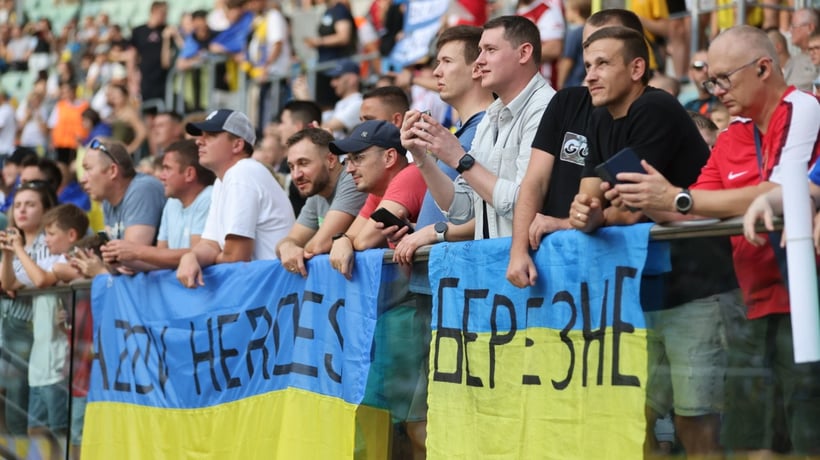What has the president of a Spanish company got to do with termites? Who has left their footprint in the concrete? Will all of the Red Sea rocks be blue?
The Oceanarium - Africanarium is getting more and more interesting. The largest investment in the Wroclaw Zoo history evolves every day. The pace of the works is truly impressive. With the elevation made of Corian solid surfaces almost finished, most of the ongoing works now take place inside the facility.
Watch your step! The floor is full of surprises.
We can already walk inside, as floors and parquets are finished in the reservoirs and enclosures. "Each part of the facility, each enclosure and room will have a different floor or parquet design," says Marta Zając-Ossowska, head of marketing and spokesperson for the Wroclaw Zoo. A crew from the Art-Beton company is in charge of the floors and parquets. The same company provided modern toilets at the entrance to the Zoo as well as scenography for the Quo Vadis movie directed by Jerzy Kawalerowicz. In the place (imitating a ship floor) where the visitors will watch underwater frolics of sea lions and penguins, concrete floor imitates wooden board parquet. Real wooden parquet will only be provided in the "ship" restaurant and in the conference hall.
Surprises have also occurred. In the beach-like enclosure for dik-dik antelopes and aardvarks, we can see footprints of a predator and others of men's shoes. "It wasn't an intentional effect; we will have to remove them, as they do not even combine with a made-up story about a hunter and his prey. Impossible to imagine a hunter in construction workers' shoes!," says laughing Piotr Gąsior, site supervisor from the Spanish Qotaller company responsible for design of the reservoirs and their decor.
It is for the president to finish the termitaria
Termite mounds - already installed in the dik-dik and aardvarks enclosures - still have to wait for the president and founder of the Spanish company. This biologist and sculptor wants to personally give them the final touch to increase their educational value.
Rocky designs of the reservoirs for manatees and sharks are getting shape and colours, and in the hippo enclosure also more and more rocks are installed.
Waiting for the corals
Painting and sculptural works are also nearly finished in the Red Sea basin. The main rocky formations are generally ready to use, the sculptor only has to add cracks in some places. "Finally, the painter will put some random stains in different colours, so that they are not all blue," Piotr Gąsior adds. Artificial corals will be installed in April. They will come straight from a foundry in Spain. The final phase will consist in pouring out sand and pebbles on the floor. Also, one of the walls will be covered with sand to avoid monotony.
In the visitor zone - the hall and enclosures - glass barriers are being installed along with a wall separating the tropical Congo from the building hall. The conference hall has already been provided with such a glass wall. Finishing works are already underway in the backroom, the restaurant and the conference hall.
Eliza Głowicka
Photos: Tomasz Walków
